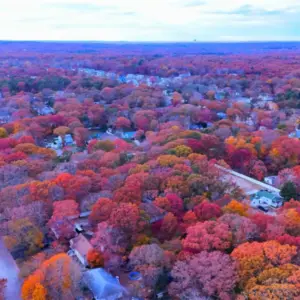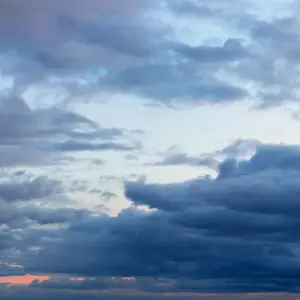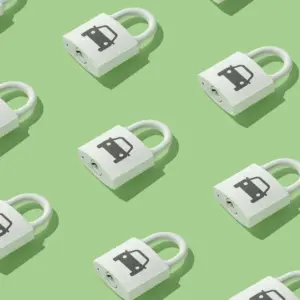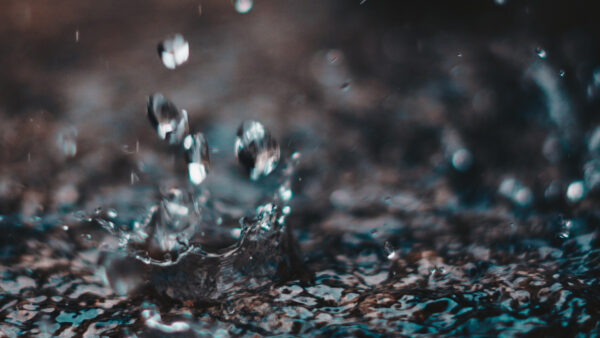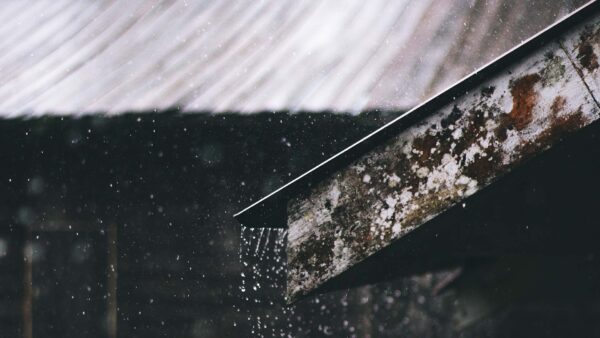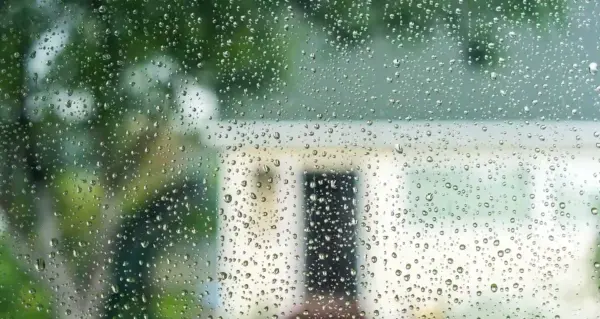In Part 1, we looked at two couples who were both unlucky enough to experience water damage in their homes. One couple, Sam and Betty, had water entering their home from a hot tub that had its top blown off and contents spilled due to strong winds. The other couple, Joe and Mary, had rising river water come onto their property and enter the basement through a door at bottom of some stairs.
Both claims were denied by the adjusters, despite both couples believing they were adequately covered. Sam and Betty had sewer backup insurance, and Joe and Mary believed that wind caused the water damage from their Jacuzzi.
Insurance wordings are very specific when it comes to the details, and not all insurance policies have the same one. This is why insurance brokers are an important part of your purchasing decision. They are there to help you find the protection you need based on risk profile and comfort level, and they know the nuances of the companies they represent.
Additionally, not all insurance policies treat each peril or exclusion the same way.
What comes next is a general perspective: for anyone considering extra water damage coverage. This information is based on how policies behave, and not any one specific policy or company. When purchasing insurance, always check with your broker to know the details of coverage and exclusions.
With overland water and sewer backup endorsements, there are a few specific questions to consider:
- What do sewer backup, overland water, and groundwater cover?
- How much coverage do you need for each endorsement?
- What is your greatest exposure to risk?
- Do you qualify for each coverage?
- How do these coverages fit together for overall protection against water damage?
1. What do sewer backup, overland water, and groundwater cover?
Sewer backup coverage protects you from water coming up and through your sewer line and entering your dwelling that way. It can also cover damage from water that is originally from your home where the sewer is backed-up, preventing the water from exiting your dwelling, such as in a shower, dishwasher, or washing machine. In general, sewer backups are due to some event such as high water level in the public sewer; clot or clog; or perhaps a break in a sewer line that prevents water from draining, thus it ‘backs up’ and water enters your dwelling.
Overland water or overland flood covers water that enters your home through some opening, caused by an event such as heavy torrential rains or rising water from known tributaries. Overland water generally refers to water that has accumulated on the surface of the ground, and enters a home through an established opening, such as a window or door.
Groundwater is basically the accumulation of water in the earth around a dwelling, and once it accumulates it can cause overland water to pool or ‘seep’ through the foundation walls. One reason that groundwater may not be offered or included in an endorsement is that it is not a sudden event. Rather, it takes time for the water to build up and then seep through porous concrete walls. Generally, seeping and leakage are excluded, as they result from not maintaining your home properly.
2. How much coverage do you need for each endorsement?
Depending on where you live and the insurance companies that write policies there, you may have to designate coverage limits for sewer backup and overland water.
For sewer backup, you can buy a minimum amount of $5000, up to as much as $50,000 or in some cases even more. Some companies may offer ‘policy limits’ for contents and building as part of the coverage. When deciding on coverage, consider what you would replace in the event of a flooded basement; how much that would cost; and what you can afford.
Calculating potential losses and costs also applies to overland water coverage. However, the parameters of purchase might be different, as some companies offer tiers of dollar value coverage, much like they have tiers for exposure risk. It’s important to ask the question for both endorsements: how much can I buy and how much will that cost?
Groundwater protection is probably the most difficult of the three endorsements/coverages to acquire, as it’s not offered by all companies. In many cases, there’s no limit on coverage for groundwater, as the peril is added to the regular policy limits on building and contents.
3. What is your greatest exposure to risk?
For many people, the location of their home will determine their greatest risk of exposure to water damage, whether caused by sewer backup or overland water. This is where an insurance broker can help, as many companies provide data to brokers about risk and location, usually for overland water and which risk tier a dwelling location falls into. For near complete protection, it’s best to have coverage for both sewer backup and overland water.
4. Do you qualify for each coverage?
Within the insurance industry, some risks are deemed to be—and therefore named—uninsurable. A dwelling could be uninsurable for overland water if it was on a known flood plain or if it had multiple sewer backup losses, despite adequate protection. It could also be uninsurable if it was within 100 metres of a known body of water or river. Insurance companies use geoscoring to determine this. For sewer backup, the majority of companies will want a dwelling to have a backwater valve installed; an automatic sump pump; and in extreme cases, a sump pump alarm. A backup valve in known sewer backup areas will allow a higher amount of coverage to be purchased.
With overland water coverage, there might only be very basic recommendations, simply because it’s hard to move your home or modify the geography around it. However, insurance companies use various geographic tools; municipal data; and flood history to tier areas based on exposure and probability of overland water events. In this case, the location of your dwelling may be the only factor affecting the amount of insurance and/or availability of this endorsement.
5. How do these coverages fit together for overall protection against water?
So why have both coverages? There is no sure thing with climate;,weather, infrastructure, and risks. There could be a huge rainfall, like what happened in Toronto in the summer of 2013, or a rapid thaw, as happened in Mississauga this past spring. The former could cause sewer backup and flooding by overwhelming storm drains, while the latter could only cause flooding. By having the two endorsements, you would be making the safest bet that when external water enters your home, you’re covered in some manner, depending on limits chosen and specific coverages from your insurer.
Many insurers have built their water products so that the client is covered from nearly all events when both are purchased. The most important point here is that the endorsements do not overlap. They are different coverages that can be used together for maximum benefit. The best course of action is to sit with your insurance broker and review any potential gaps in your coverage.
Water damage in Canada is now the leading cause of loss for property and casualty insurers. While fire losses generally make headlines, the bulk of the volume of claims payments are for losses due to water. With increased availability of endorsements like sewer backup and overland water, there are certainly more claims being paid. What any prospective client should consider is what they can withstand on their own, in the event of a large loss. These are optional coverages that are not automatically included with most policies.
If you remember Sam and Betty from part one, they thought they had coverage for water damage, and Joe and Mary simply did not know how their policy worked. The other lesson from part one is that claims happen in the strangest of ways, and you have to understand that very few things are black and white.
Taking all of the above into consideration can give you a very good starting point when looking to discuss optional endorsements to protect your home against water damage. Learn more about what’s covered by water damage insurance in Ontario.
Looking for home insurance?
Speak with a Mitch Insurance broker today to get a quote on Ontario home insurance. Learn more >
Call now
1-800-731-2228
